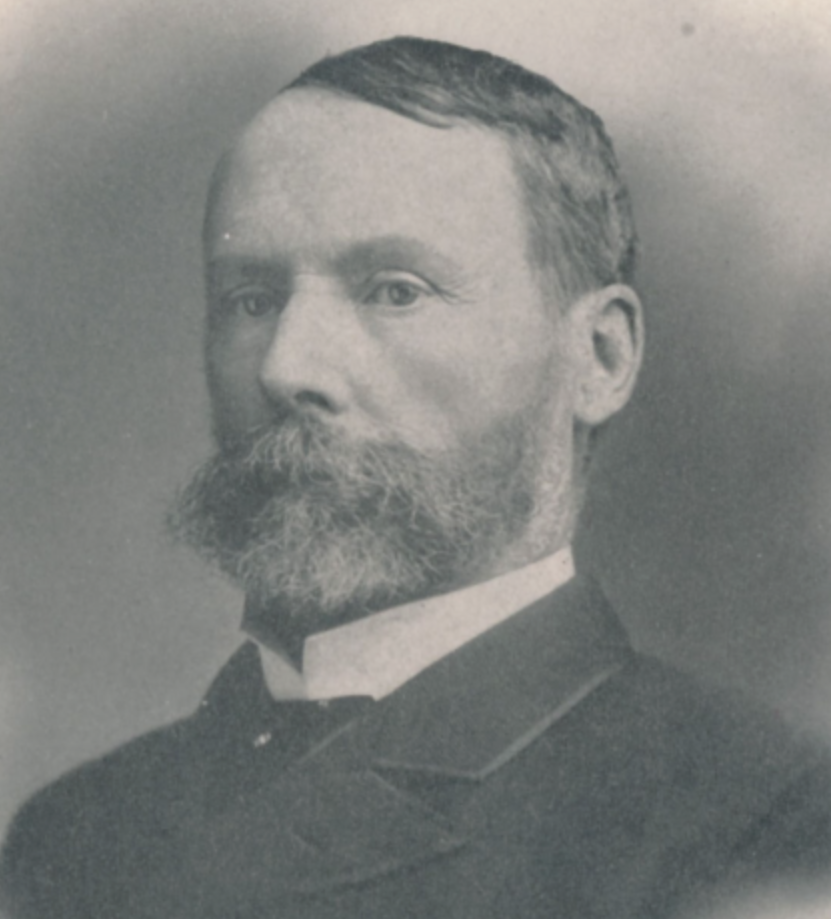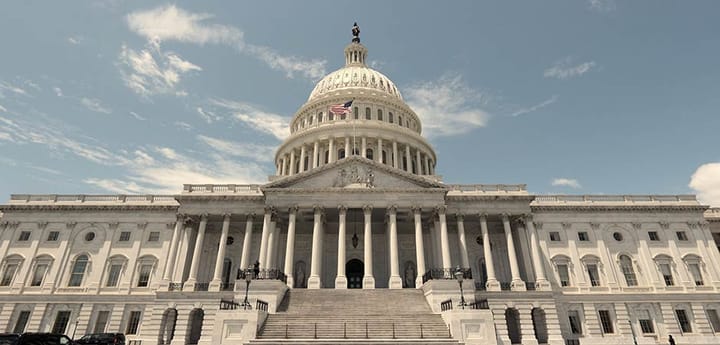Local Legends: The Carpetbagging Philanthropist
Patterson donated land and money to both Miami University and Butler County institutions throughout his life.

Businessman, trustee, bachelor, philanthropist, carpetbagger, builder, alumnus and devout Christian are all terms that could be used to describe James Ramsey “Pat” Patterson.
Born on Nov. 3, 1834 in Mount Pleasant, Pennsylvania, Patterson was the son of Rev. Andrew Oliphant “A.O.” and Maria (Speer) Patterson.
Patterson had an exceptionally strong religious foundation in the Presbyterian faith. His father was an ordained Presbyterian minister as was his maternal grandfather, Rev. William Speer. A.O. served as the pastor of the Mount Pleasant Presbyterian Church before the family relocated to New Lisbon, Ohio in 1840.
Growing up in New Lisbon, Patterson was boyhood friends with Mark Hanna, who later became a U.S. Senator and was a notable associate of United States President William McKinley. Moving to Butler County in 1851, the Pattersons purchased a farm in St. Clair Township on the outskirts of Rossville, the present site of Hamilton’s Hyde Park neighborhood.
Originally attending Jefferson College in Cannonsburg, Pennsylvania, Patterson switched schools in 1854 following his sophomore year. Joining Phi Delta Theta and receiving a bachelor of the arts degree, he graduated from Miami University in the class of 1858.
Atypical of individuals of his social standing in the era, Patterson never married, remaining a bachelor for the entirety of his life and having no children. However, family was important to Patterson and he maintained an especially close relationship with two of his sisters, Alice Caroline Patterson and Virginia (Patterson) Bishop, throughout his life.
Little evidence of Patteron’s life survives between 1858 and 1863, when he was working as a businessman in Cincinnati. One such business enterprise was initiated in July 1865, when Patterson entered into a partnership with Samuel Lowry. At their office at 40 Vine Street in Cincinnati, Lowry & Patterson operated as general commission merchants, specializing in produce sales.
Evidence exists that while in Cincinnati, he worked as a special correspondent for the “Cincinnati Commercial Gazette.” However, no published work attributed to him could be found in archives of the newspaper.
Starting in 1871, he became involved in the management of agricultural estates in Louisiana, supposedly at one point acquiring the largest plantation in DeSoto Parish, Louisiana.
Engaging in such activities, Patterson could be counted among the flood of so-called “carpetbaggers” heading into the American South in search of financial profit during the Reconstruction period. His land management work in the South, along with his previous business and land speculation activities, led to Patterson amassing a great deal of wealth.
For many years, Patterson lived in Glendale, Ohio, while wintering at his plantation in Mansfield, Louisiana. In 1898 he built his Oxford home, which he called “Glenwilde,” on land where his parents’ former home had been located prior to being destroyed by fire in 1870. The wildflower adorned remnants of the house prior to the site’s redevelopment, were remembered by Western College students as “The Ruins.”
Modeled on architecture he admired from Louisiana, Glenwilde first served as Patterson’s summer house before later becoming his primary residence. His unmarried sister Alice also resided in the home.
A 1900 newspaper article detailed the Ohio Senate failing to confirm the appointment of Stewart M. Brice to Miami’s board of trustees, ultimately leading to Patterson’s appointment instead. Other records stated that Patterson was originally appointed as a Miami trustee in 1897.
Serving in this post, Patterson took an active role with the institution that he admired so much. President Guy Potter Benton said of Patterson, “He was my wise counsellor and loyal friend during the nine years of my administration of Miami University; and he was constantly one of the most devoted alumni I have ever known.”
A notable philanthropist, he also donated land and money to the University and county institutions. This included supporting the creation of the Alumni Library and providing funds for the creation of the McFarland and Patterson Mathematics Prizes at Miami. He also made significant contributions to the Oxford Presbyterian Church, the Miami Y.M.C.A., the Hamilton Y.M.C.A., the Salvation Army of Hamilton, the Oxford Cemetery Association and the Western College.
Patterson had retired from business by 1912. In that year, he received an honorary degree from Miami as part of that year’s graduation exercises.
Patterson died at Glenwilde on June 4, 1913, at age 79, following a stroke the previous month and an illness of about two years. He was interred in his family’s mausoleum at the Oxford Cemetery.
His obituary described him as, “a sincere and conscientious Christian gentleman,” continuing on to say that he, “never permitted a worthy charitable cause to pass without extending a helping hand.” In addition to his obituary, a 37 page memorial pamphlet was published following his death which included his biography and testimonials about his life, work and character.
Having been reappointed in 1908, Patterson was still a Miami trustee at the time of his death, prompting Governor James M. Cox to appoint Homer Gard, publisher of the Hamilton Journal-News, as his replacement.
He left all of his property to his two sisters, including an estate valued at $15,147.34, about $501,000 in 2025. Within two months, his sisters made a gift of all of his property to Western College for Women, which used the building to house University Presidents from 1914-1974.
Patterson Place, as the building was known, later served as the headquarters for the Western College Alumnae Association and as the Patterson Place Museum which previously held Western College’s archives.
Brad Spurlock is the manager of the Smith Library of Regional History and Cummins Local History Room, Lane Libraries. A certified archivist, Brad has over a decade of experience working with local history, maintaining archival collections and collaborating on community history projects. He also serves as a board member for Historic Hamilton Inc. and the Butler County Historical Society.




